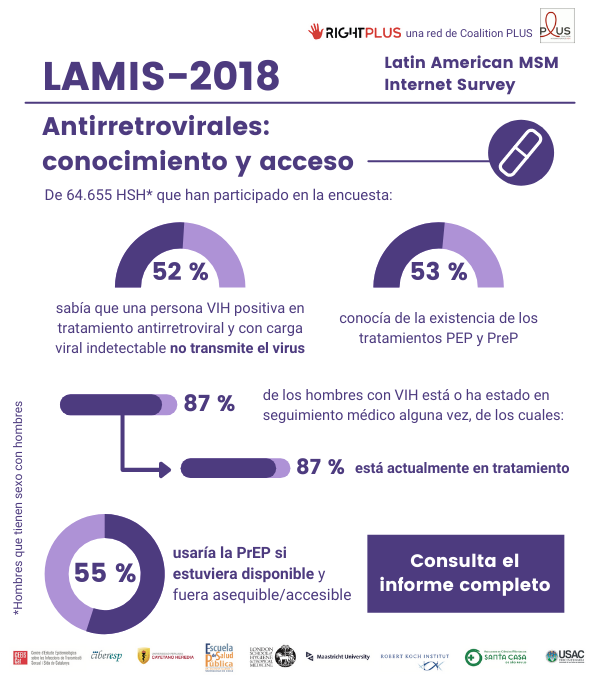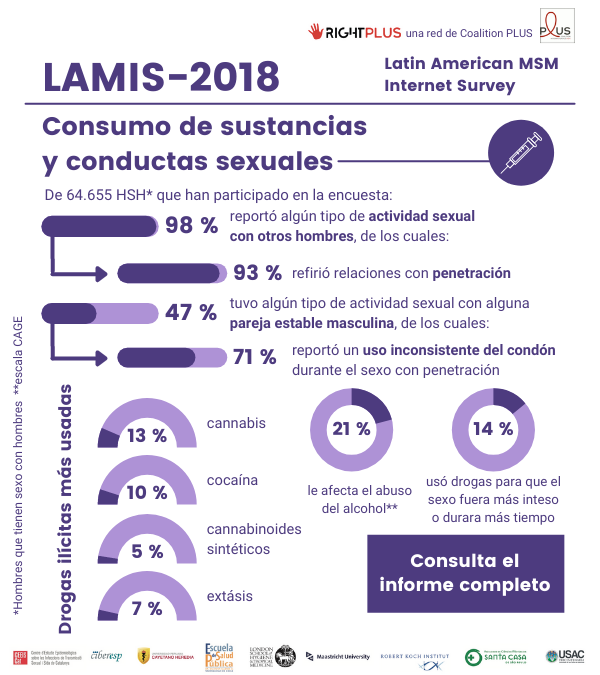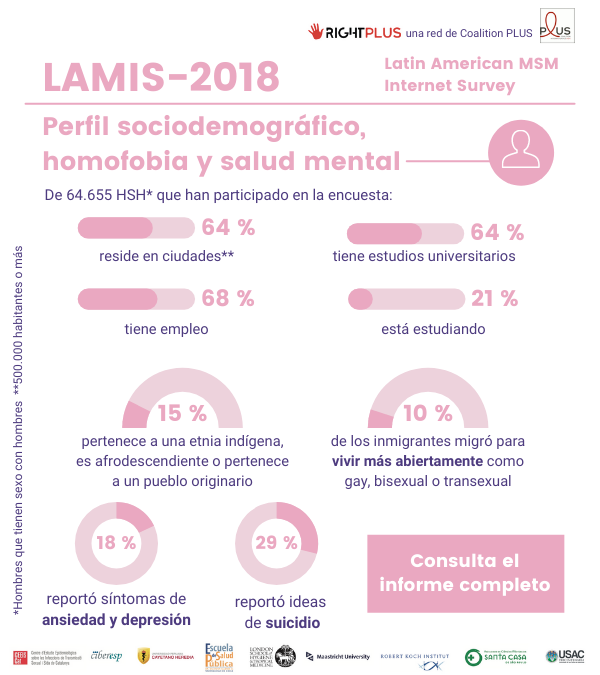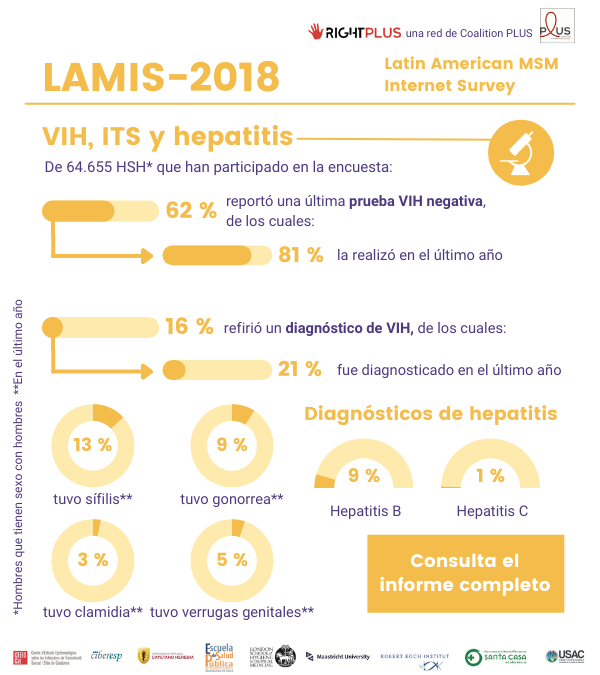AIDS Behav 2022; 26(10):3400-3410. doi: 10.1007/s10461-022-03683-9
Authors: Kristefer Stojanovski, Elizabeth J King, K Rivet Amico, Marisa C Eisenberg, Arline T Geronimus, Sladjana Baros, Axel J Schmidt
Abstract
Structural stigma shapes men who have sex with men’s (MSM’s) mental health and sexual behaviours. The aim of this study was to examine how stigmatizing policies interact with downstream anxiety/depression and sexual behaviours to structurally pattern HIV disparities among European MSM. We conducted a secondary data analysis of the European Men-who-have-sex-with-men Internet Survey (EMIS) from 2017. We included a total of 98,600 participants living in 39 European countries. We used the Rainbow Index, a score given to countries based on their sexual and gender minority policies as the predictor of HIV diagnosis. We conducted adjusted random intercept and slope multi-level logistic regressions. In adjusted models, higher Rainbow Index scores was associated with lower predictive probabilities of diagnosed HIV, regardless of the number of condomless intercourse partners. The predictive probability of HIV diagnosis was also lower, regardless of severity of anxiety/depression, where the Rainbow Index score was better. Country-level policies interact with downstream sexual behaviours and anxiety/depression to structurally influence HIV diagnosis among MSM in Europe.



